Future Projects and Mike Grell
AWW: And speaking of comics, this brings me to another shared interest of ours – the work of comic book artist/writer Mike Grell. You're up for an Eisner Award for your contributions to the biograpghy Mike Grell: Life Is Drawing Without An Eraser. What that experience been like?
JM: My first comic as a kid was a Mike Grell-drawn Superboy and The Legion of Super-Heroes comic. So his was the first art and artist I ever knew. I loved his stuff. So much so, that many others just didn't compare.
When I was becoming a writer in my teens in the 1980s, Mike's Jon Sable, and Green Arrow runs were heavily influential to me in how to tell compelling stories, and create great characters.
Fast forward nearly 30 years, and Mike and I became good friends after seeing him at several convention appearances, and spending time just hanging out with him. We really bonded, and I have to say that he is just one of the most incredible human beings I know.
Dewey Cassell was writing a book on Mike for Twomorrows Publishing, and I was put in touch with Dewey, who needed some help. He asked me to come onto the project and do some interviews.
I had interviewed Mike a couple of times for a podcast show I had when working as a talk radio host for iHeart Radio. I had also interviewed Mike's pal, actor Mark Ryan. So some of the content from those interviews were incorporated into the book. I also interviewed Mike Gold and Dan Jurgens for the book, and did some other features.
In no way was I prepared for the book to be nominated for an Eisner Award. I'm still in shock that I've been invited to San Diego Comic Con as a professional, and will be in that room at the awards ceremony with all these legends I've admired for decades.
AWW: What else are you working on at the moment?
JM: I'm always working on about a dozen ideas. Robert Akers (who has written a couple of novels) and I have a fantasy concept we are working on, as well as expanding Robin Hood. We hope to do serialized radio drama versions of our scripts in the coming year, as well as adapting it to comic book form, and any other format we can fit it into.
I mentioned a concept for a TV show to a film producer friend of mine, who took me far too seriously, and put together a film crew, which we took to Heroes Con in Charlotte, NC in June of 2019. Over a weekend we filmed a season's worth (12 episodes) of interviews for a show called "Issues With..." (think of it as "Inside The Actors Studio" but with comic creators). We interviewed Charles Vess, Brian Stelefreeze, Colleen Doran, Ron Randall, Karl Kessel, Tom Grummett, June Brigman, JM DeMatteis, Keith Giffen, Dean Trippe, Jeremy Whitely, Yanick Paquette, Greg LaRocque, and Neal Adams.
The entire season is now being edited together, and we have plans to go back next summer for another season. We already have Klaus Janson signed up as a guest for next year.
I will continue to work in theatre, and hopefully will get to do some acting later this year, as well as more directing.
And, if that's not enough, I'm editor and co-publisher for Masterstroke Studios, re-launching Mike Grell created comics as well as expanding to other things next year.
I'm like a kid again, with all these great things happening. I never planned on it ending up here, but I'm glad that it did.
AWW: Thanks, Jeff.
If you are interested in Robin Hood: The Legend of Sherwood. Jeff has put the 2018 production on his YouTube channel.
Act One
Act Two
Read below for a special 2020 update on the success of Jeff's Young Robin Hood comic, an additional Robin Hood comic book project and the return of The Pilgrim by Mark Ryan and Mike Grell.
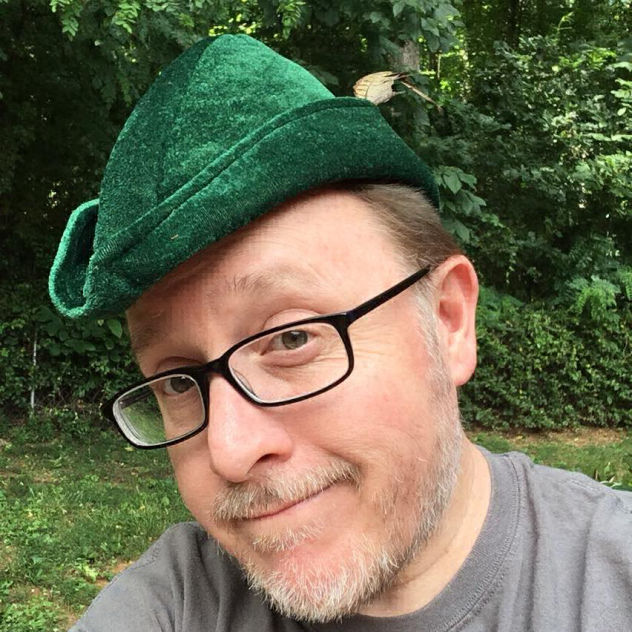
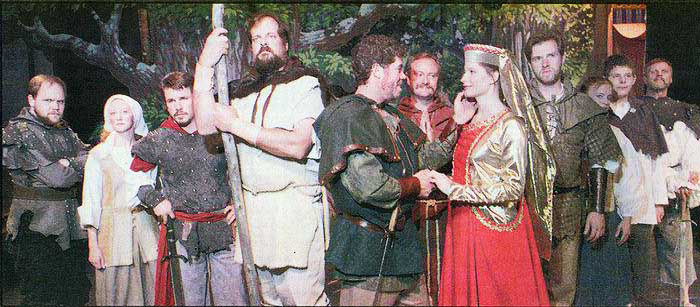
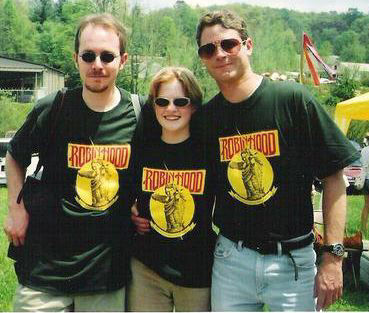
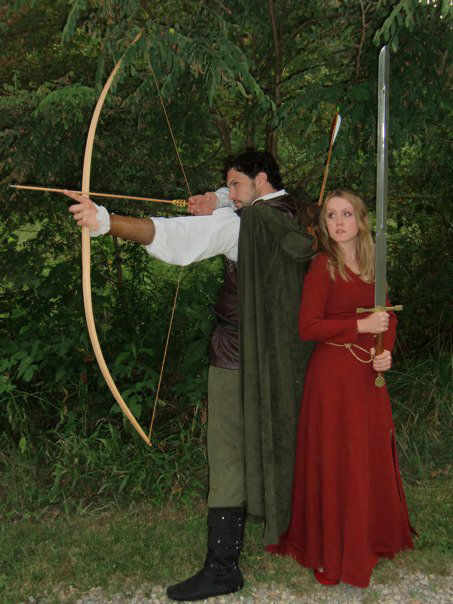
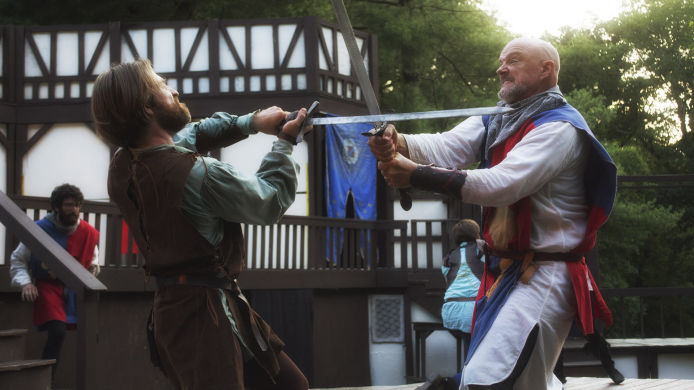
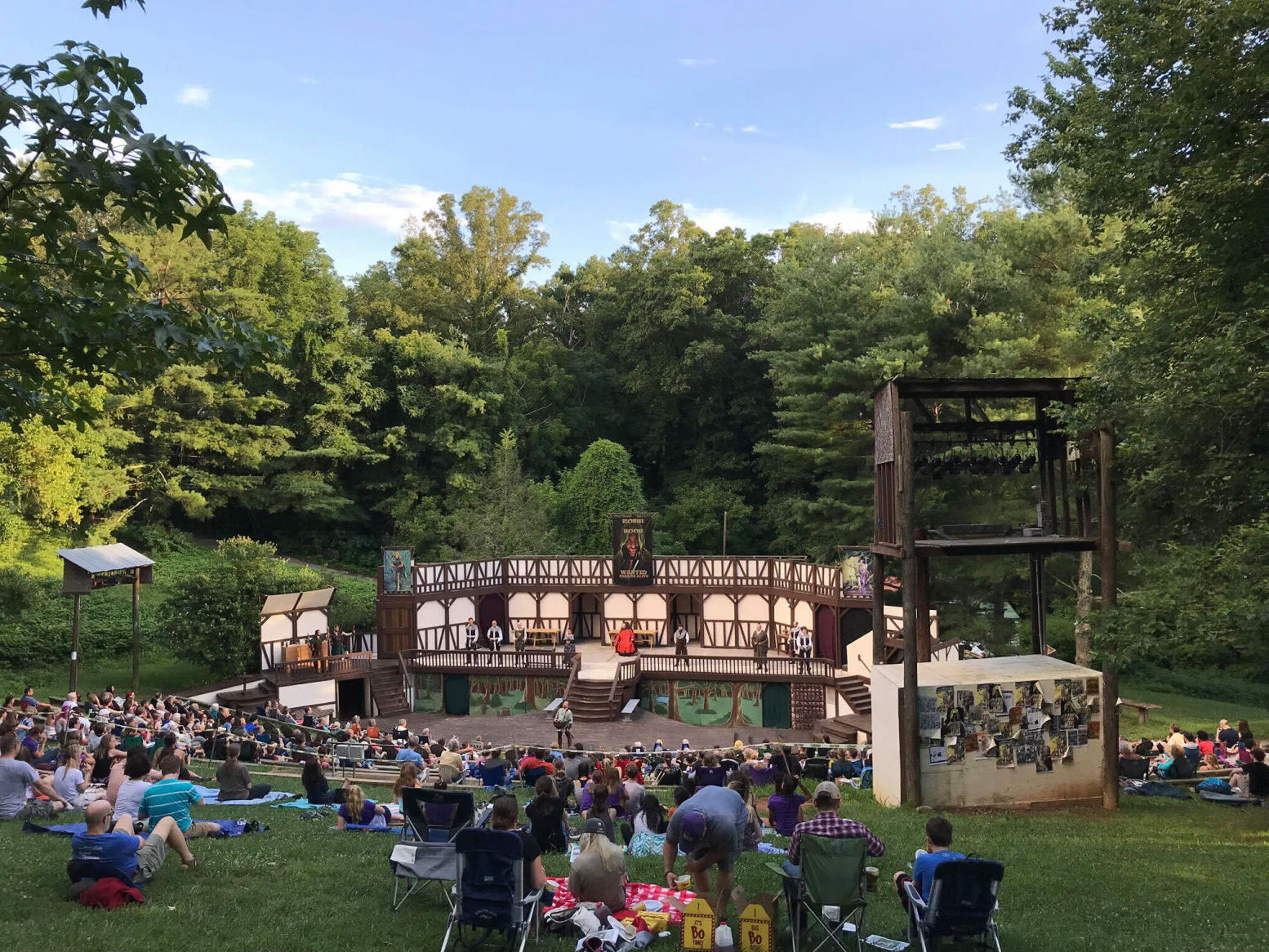
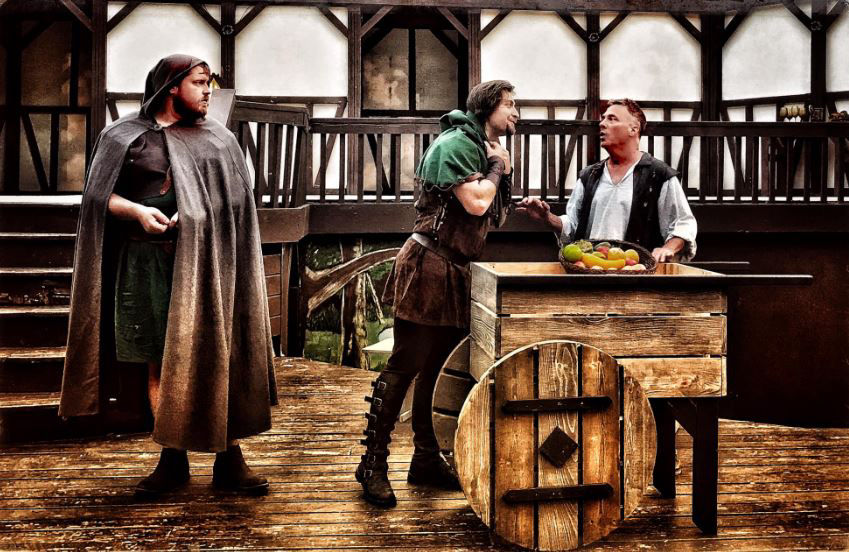
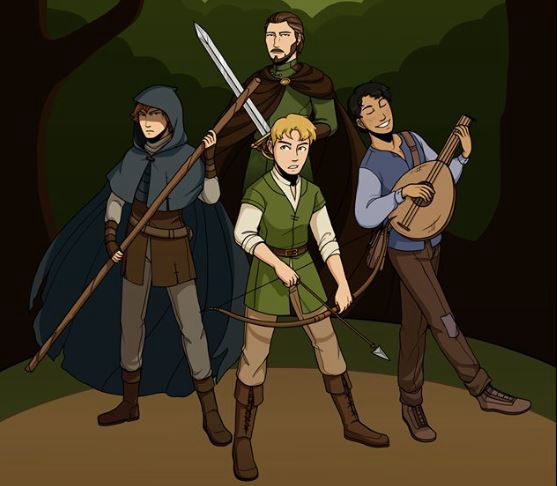
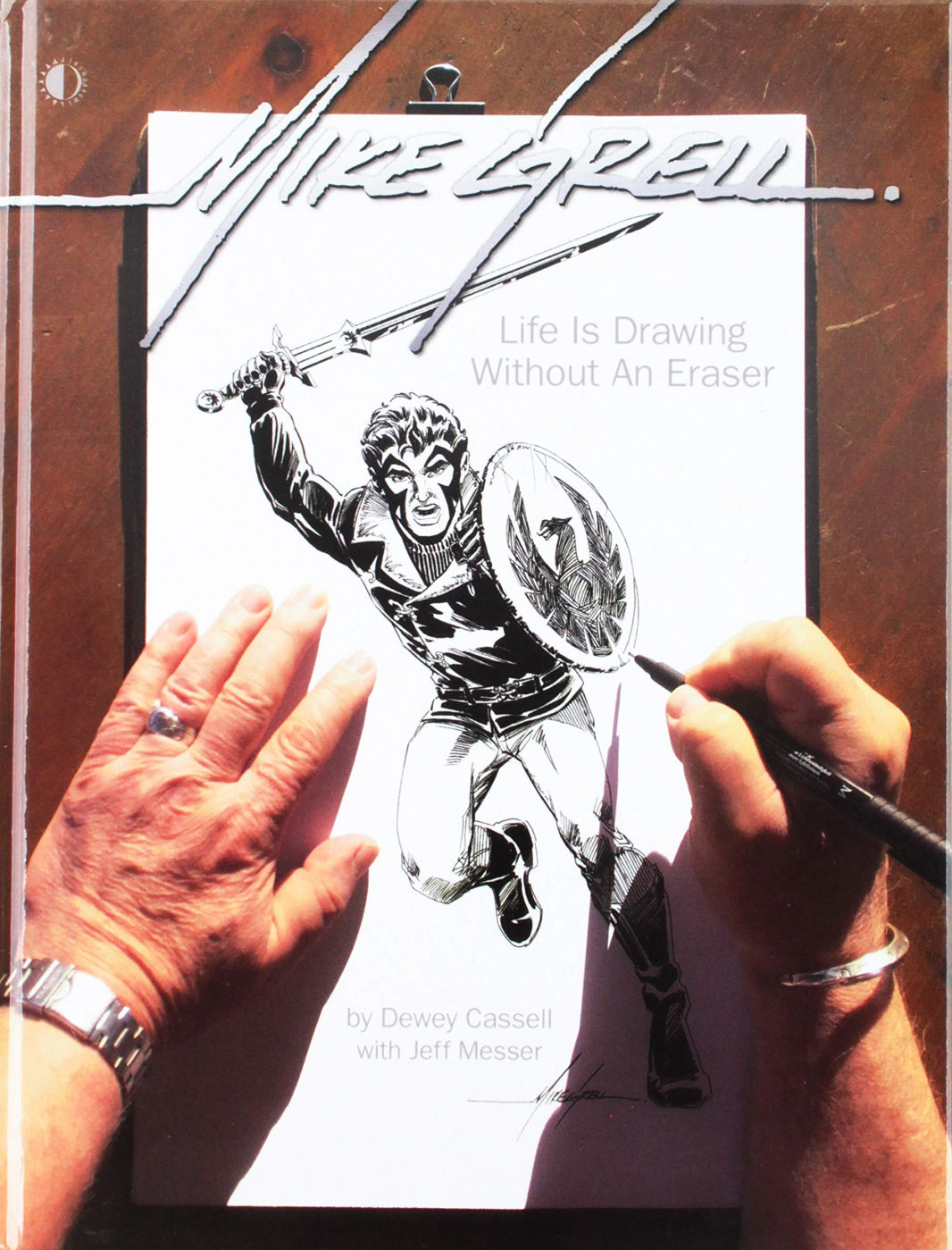
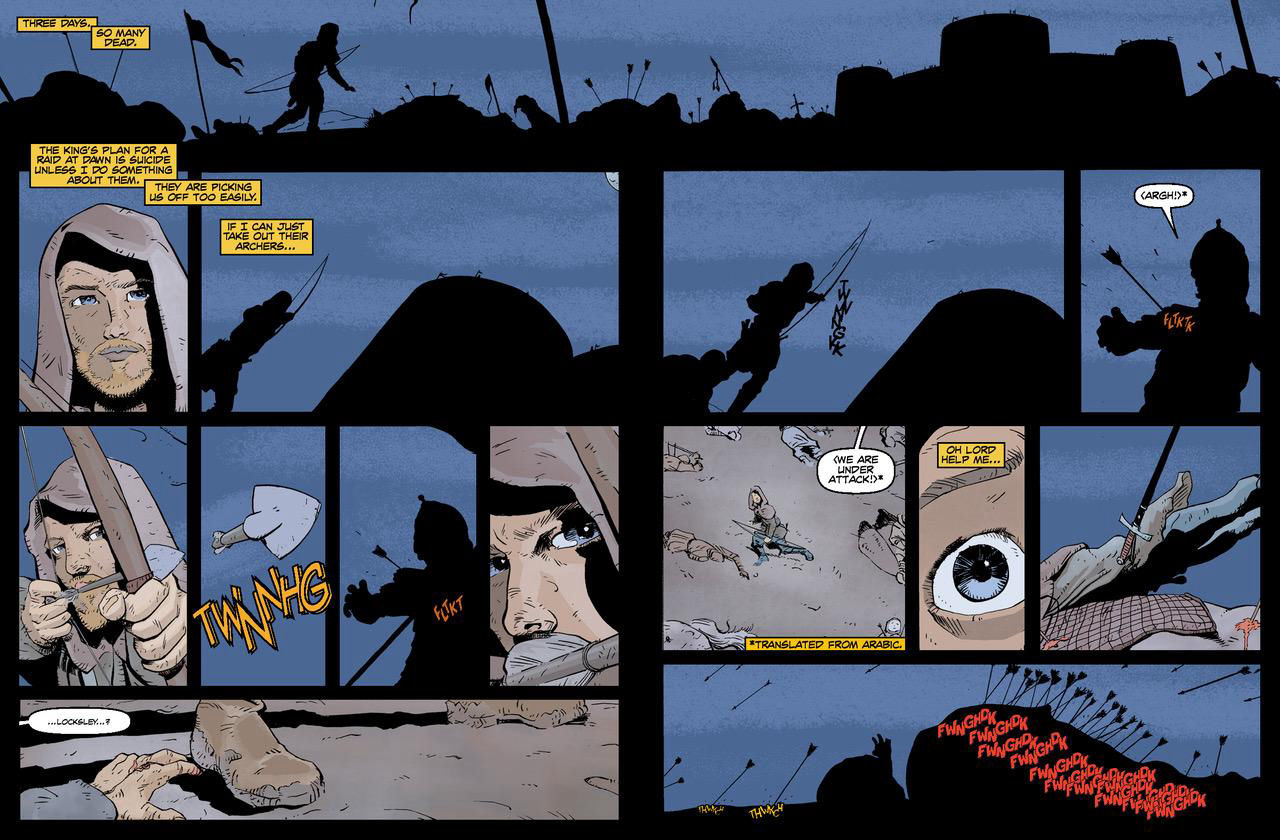
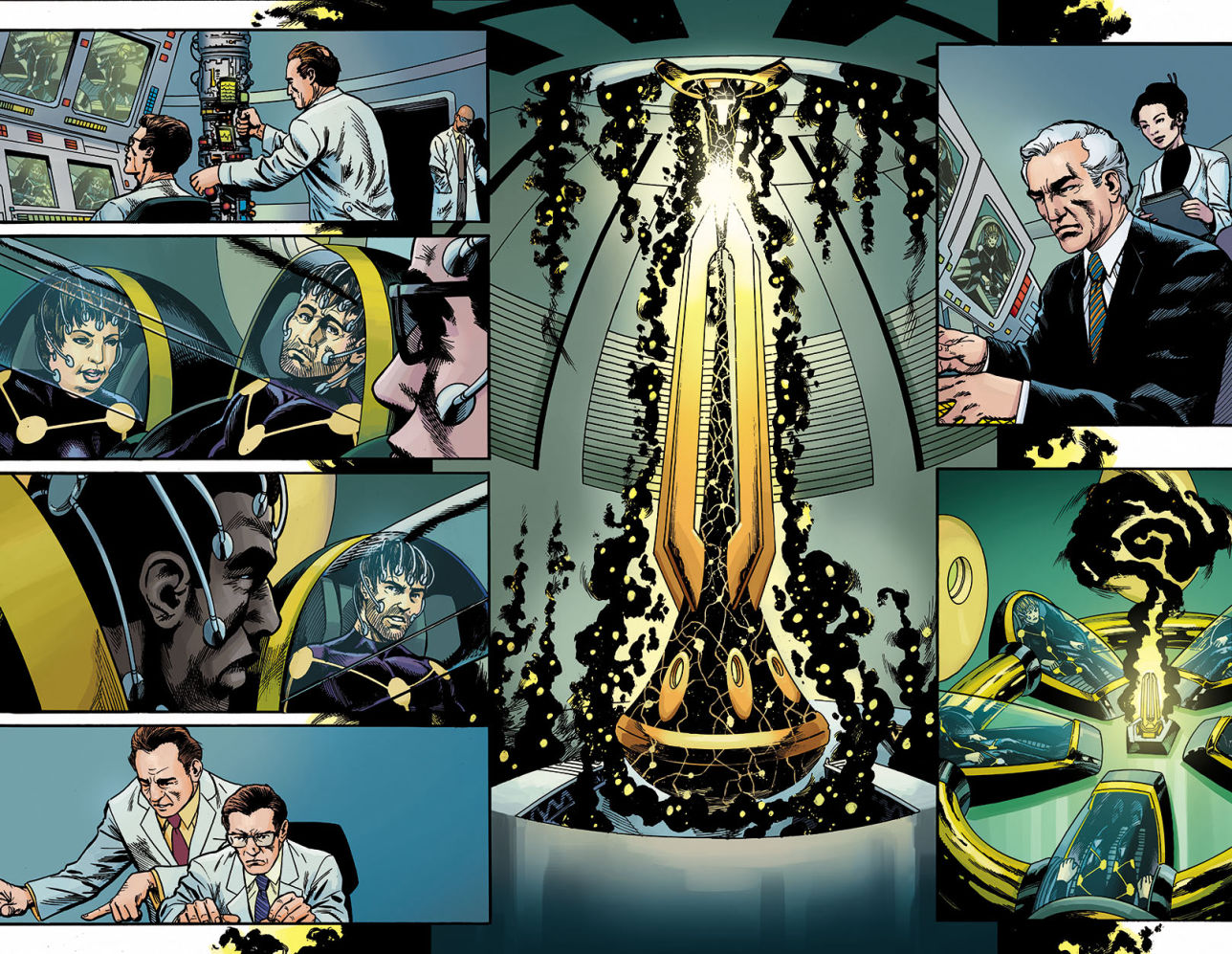
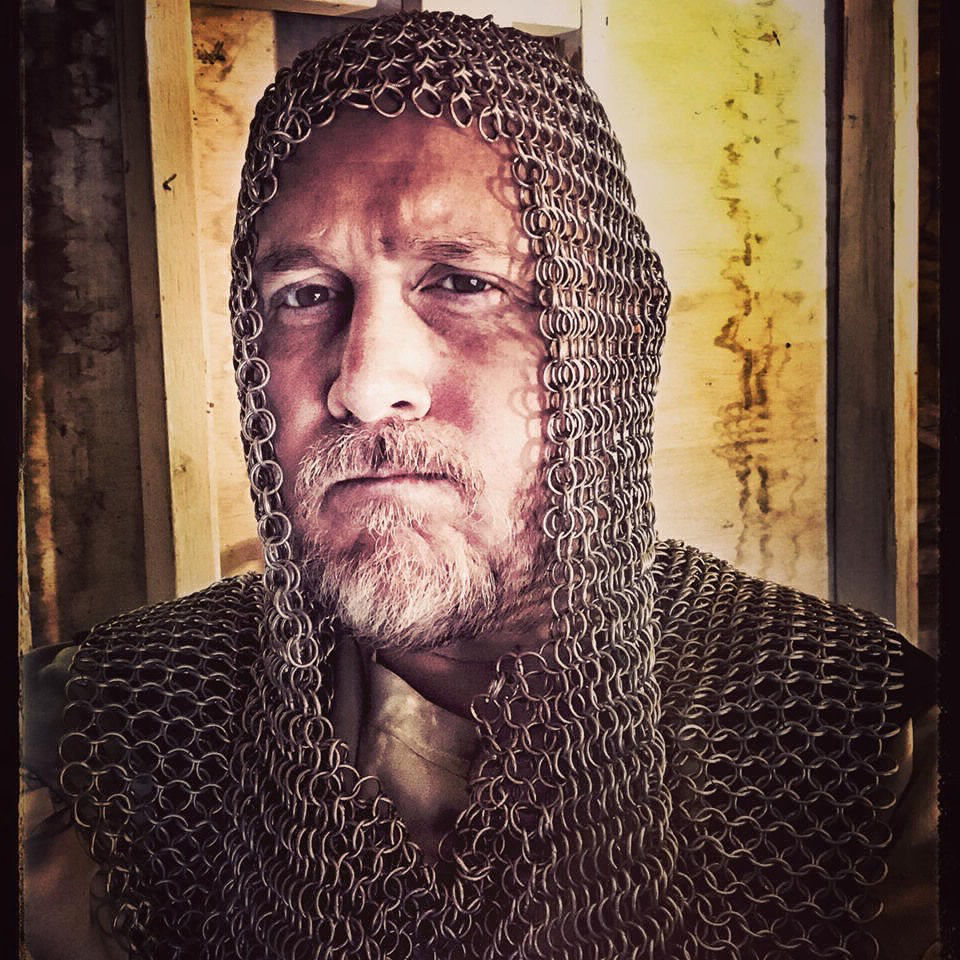
Contact Us